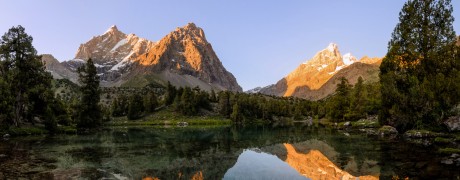
The Fann Mountains, the western most part of the Pamir-Alay Range, are a tremendous natural barrier that intersects the Zarafshan and Gissar Ranges in the Sughd Province of northern Tajikistan. They form the highest part of the Zerafshan Ridge, and whether you approach them on foot or by car, you cannot help but be awestruck by their scale and beauty.
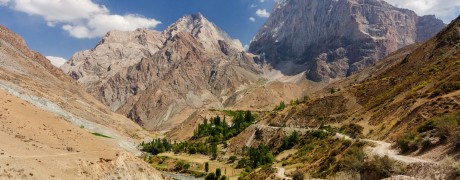
The Yagnob Valley lies just over 100 km from Tajikistan’s capital, Dushanbe, a glorious drive along steep-sided gorges, the river to one side.
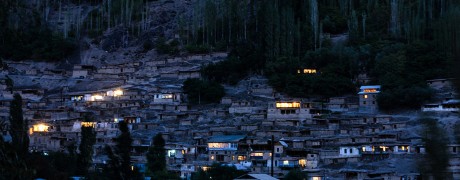
The Zaravshan Valley, is truly a vast land of contrasts. With an isolated and historic history shrouded in a mystique all its own, it is a must-see for anyone wishing to experience the surviving remnants of the old Silk Road, isolated and ancient cultures, and an opportunity to partake in history that is thousands of years old.

The incredible Pamir Mountains of southern Central Asia encompass an expansive area and dominate much of Tajikistan. Some 420 km long from west to east, the mountain range extends up into Kyrgyzstan, and down into the Afghan part of the Wakhan Corridor and thence towards China. The Pamirs are known locally as Bomi Jahon, the Roof of the World, and this moniker is exceptionally apt: wherever you look, these peaks reach heavenward, piercing the clear blue sky by day, and penetrating the inky black canopy peppered by stars come nightfall.
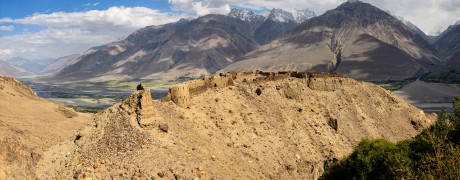
Tajikistan’s southern border, where it rune seamlessly into Afghanistan, is an endless parade of scenic amazement with storybook villages and towering valley walls, set against the backdrop of the Hindu Kush.
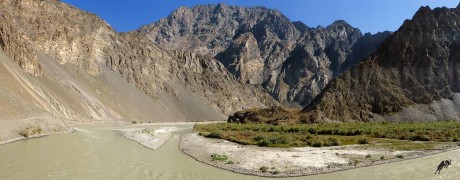
As with so many parts of Tajikistan, travellers venture to the Bartang Valley for solitude and seclusion, but the experiences and memories created there are such that you will look back and wish to capture them again and again. You may not travel this way just once.
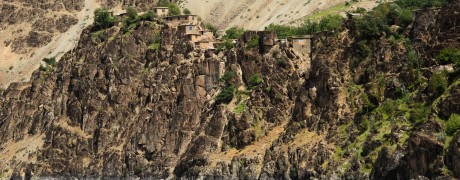
In central Tajikistan, where the Panj River changes its course, is the Vanj Valley, an attractive space that sprawls out beneath the Pamir Mountains. In the spring time, the river is bloated and angry with melt water, and there are still banks of snow reaching down to the water’s edge. This means, however, that when summer finally arrives, the vegetation is lush and green, and the riverside orchards are overflowing with fruits to eat.
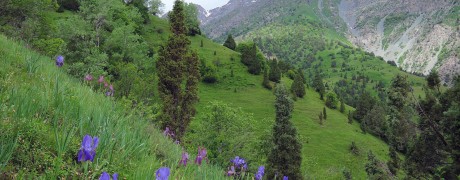
To the west of Dushanbe and approaching the border with Uzbekistan is the sweeping Hissar (Gissar) Valley, which encompasses the Shirkent National Park.This 3,000 hectare reserve, which is expected to be expanded to some 30,000 hectares in the coming years, has an unusually high concentration of sites of historical and scientific interest.









